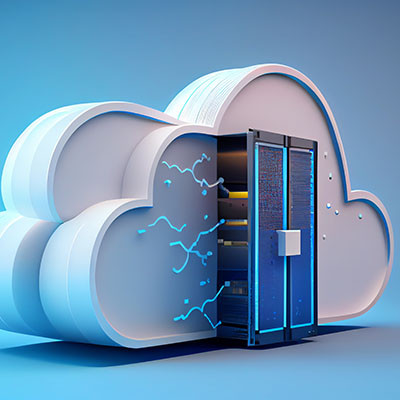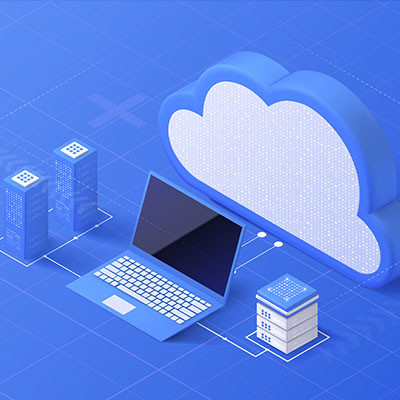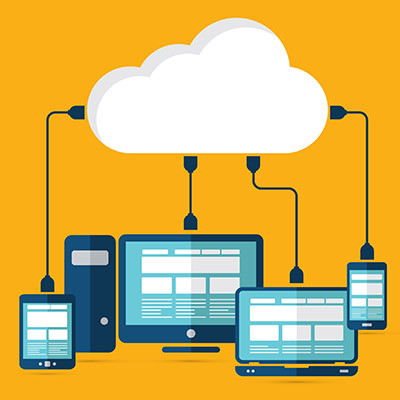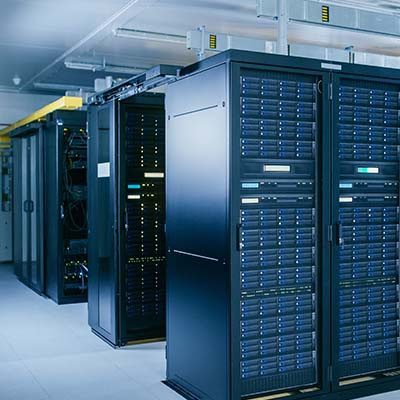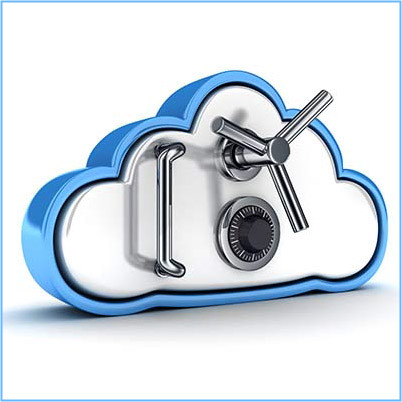Ferrum Technology Services Blog
Running a business is often a circus. Many times it requires several juggling acts and a dog and pony show to just get things done. This couldn’t be more true nowadays as business owners are considering how to operate with rising inflation and labor shortages threatening to stymie their organizational progress. Today, we’re going to look at some ways you can stretch your capital.
It’s one thing to decide you want to implement cloud computing in your business. It’s quite another to determine how the cloud will be used to accomplish your business goals. This is what is known as a cloud strategy, and it is something that modern businesses need to address.
Let’s go over how you can do so.
A few… Well, more than a few years ago, when cloud computing exploded, it was one of the most exciting new ways to manage, distribute, and store digital information. Like most technological trends, it’s hard to pinpoint an exact date when the cloud became a thing, but generally the term started getting thrown around in the late 90s when some software platforms started using the Internet to host applications and information. In 1999, Salesforce was perhaps one of the most popular cloud-based platforms, offering a hosted version of their software that was available “on-demand” for businesses with a licensed subscription.
Cloud computing is turning into a tool that is universally used by businesses to enhance remote access and provide the scalability for tools that allow a business to get the best bang for their buck. This month, we’ll describe how modern cloud computing works and why it is such a huge potential benefit for your business.
If your team has trouble using the technology in your office, then you might be staring down an opportunity to completely revolutionize the way your business functions through the use of new business technology. It could be something as simple as your hardware being old or your systems needing a reexamination of your business processes; whatever it is, upgrading your business technology can pave the way forward.
If you consistently find that technology in your office causes more problems than it’s worth, perhaps it’s time to take a closer look at what you could be doing better with your infrastructure. We want you to look at failing or inoperable/inefficient technology as an opportunity for improvement rather than another large expense. A good hardware refresh centered around your organization’s needs can revitalize operations and improve your bottom line.
The cloud has become a hugely popular resource for businesses of all sizes to lean on for a multitude of needs, many using it for some form of data storage. While using the cloud for this means, however, it is wise for you to do everything available to secure the data you’ve stored there. Let’s go over a few things that we recommend you do to help protect your data.
Nowadays, businesses are turning to the cloud to help resolve more and more of their daily challenges, and for good reason—generally speaking, the cloud can handle most everything thrown at it. However, are we becoming too reliant on cloud services? Let’s try to strike a balance between the pros and cons of the cloud and our dependence on it today.
How much time does your business invest in software and its management? There are some that you can’t really go without, like email solutions and productivity suites, but you might have other specialized software that also requires attention. When you acquire new software, you can either go the traditional route or you can go the Software-as-a-Service route. Which path is the best choice for your business?
Let’s face it… “government” and “innovation” aren’t usually associated with one another. Despite the finances that these organizations have, these funds are generally spoken for (on top of not always being used as efficiently as they could be). However, some government operations have started embracing cloud services, which has led to benefits for their entire communities.
With so many workers taking up the mantle of remote work, it’s no surprise that businesses are looking for ways to accommodate these “new” working arrangements. Here are just a few ways that businesses of all types—small businesses included—can work toward making their operations even more flexible and mobile than before.
Hardware procurement is a challenging part of running any business. When you consider that the hardware is often what keeps your business running–--your servers, workstations, networking components, and so on–--the idea of finding the right hardware at a reasonable price becomes of paramount importance. How can you make sure that your business isn’t throwing away money on unnecessary hardware procurement? It all starts with a network audit.
While we're big proponents of cloud services, including those used for data storage, it is important to point out that it isn't just a matter of having a cloud. Whether you're using your cloud storage as your business' primary data storage or simply using it as a backup, part of your considerations needs to be whether or not your cloud storage remains secure.
Disasters can happen when you least suspect them. Whether it’s a tornado that levels your office or an electrical failure which sparks a structural fire, a business-ending scenario could happen with little-to-no warning. You must be prepared to maintain operations even when it feels impossible, and part of this is being prepared to handle off-site operations.
Smart devices have enabled individuals and businesses to push the limits of connectivity, allowing them to have unprecedented amounts of control over their offices and homes. People can turn down their thermostats or lock the front door with the click of a button, as well as control how much power their homes consume. However, security is a pain point for these types of connected devices.
Have you stopped to consider how much your business spends every year on data storage and warehousing? If not, you might be surprised by how much this process actually costs, both in terms of capital expenses and operational costs. We’d go so far as to say that you’re spending more than you need to.
The primary difference between an enterprise and a small or medium-sized business is simply how big it is. Due to this size, many of the tools used by enterprises are so powerful and dynamic that they can easily be used by businesses much smaller. Let’s take a look at what some of these technologies and processes are.







